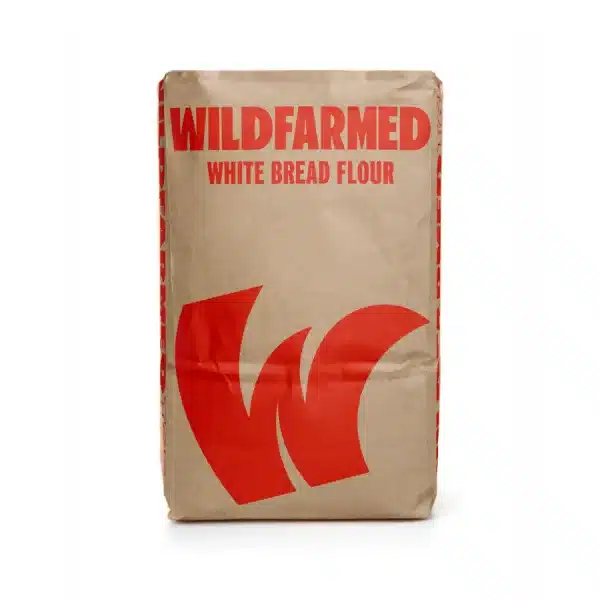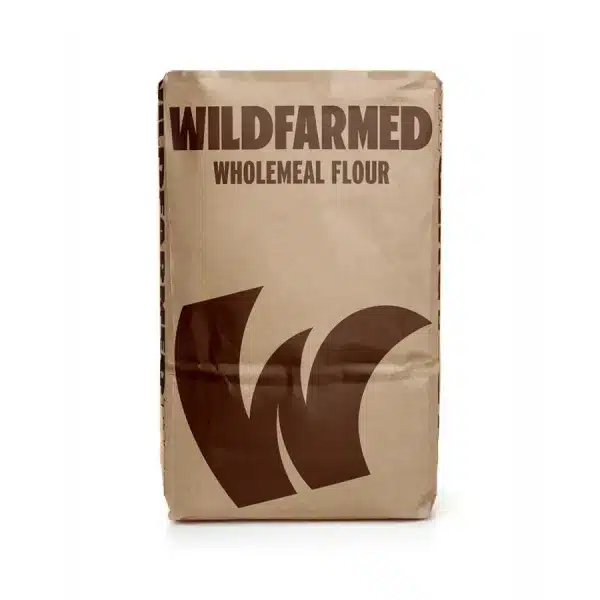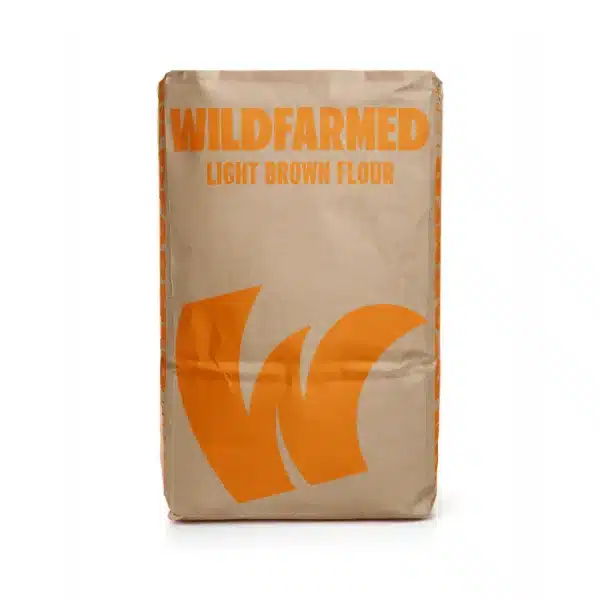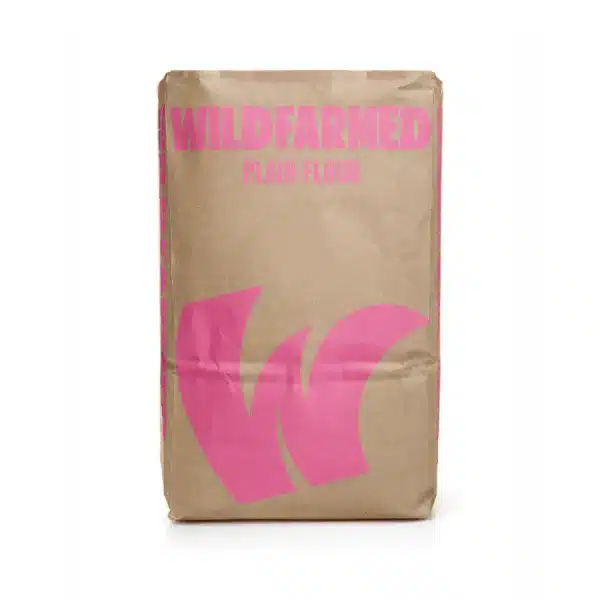T Ratings
You may have heard or seen a T-number given to flour. The “T” rating, which originates from France (1963), refers to the type. Numbers span a scale from 45 to 150. Let’s take a closer look at what the T rating means.
How is a T number given?
To reach the number, a lab test is undertaken by burning flour (5g) for 60-80 minutes at 900°C. Flour is made up of starch, sugar, and minerals. The starch and sugar will disintegrate in this heat. This results in a small amount of ash left behind from the minerals and parts of the bran. The remaining ash is measured to get the number. To use T45 as an example, 0.45% ash content is left for flour of this type using the above test.
The Scale of Numbers
The T rating starts at T45 and goes up to T150. T45 is fine, and T150 is coarse. A T45 is heavily refined white flour with all bran removed. At the other end of the scale, T150 will contain a lot of bran (whole meal). Bran is packed full of nutritious content like fibre, vitamins, and minerals. Generally speaking, the higher the T number, the higher the health benefits. A low T-value flour is very light and powdery. These qualities help to produce light, airy, and bubbly sourdough breads.
| T rating | Mineral Content | Character | Uses |
| T45 | 0.45% | White, Light, Consistant, Flavourless, Equivalent to 00 Flour | Pizza, Cakes, Croissants, Brioche, Puff Pastry, Pasta |
| T55 | 0.55% | White, Light, Consistant, Slight Flavour, Equivalent to 0 Flour | Pizza, Cakes, Croissants, Brioche, Puff Pastry, Danish Pastry, Pasta |
| T65 | 0.65% | Versatile, Mixture of Brown & White Colour, Light Flavour | Baguettes, Artisan Breads, Biscuits, Pasta |
| T80 | 0.80% | Mixture of Brown & White Colour, Moderate Flavour, Moderately Nutritious | Artisan Breads, Sourdough Breads, Pasta, Pastry |
| T150 | 1.50% | Nutritious, Very Coarse, Brown, Strong Taste, High Fibre | Wholemeal Bread |
(Note: ‘Mineral Content’ is a rough guide and the exact classification can deviate slightly.)
T45 – contains no bran (usually sieved out), and is super-refined, light, and white.
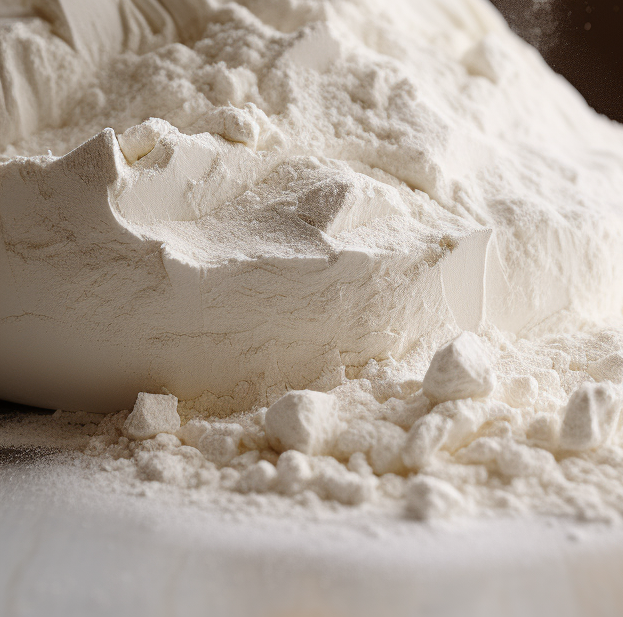
T150 – contains bran (whole meal), packed with nutrition, heavier, richer in taste, and brown
T80 flour – contains part of the bran. This is a balanced all-purpose flour that’s a usual choice for plain flour.
Does a T rating indicate protein strength?
A T rating does not indicate protein strength. It simply indicates colour and texture.
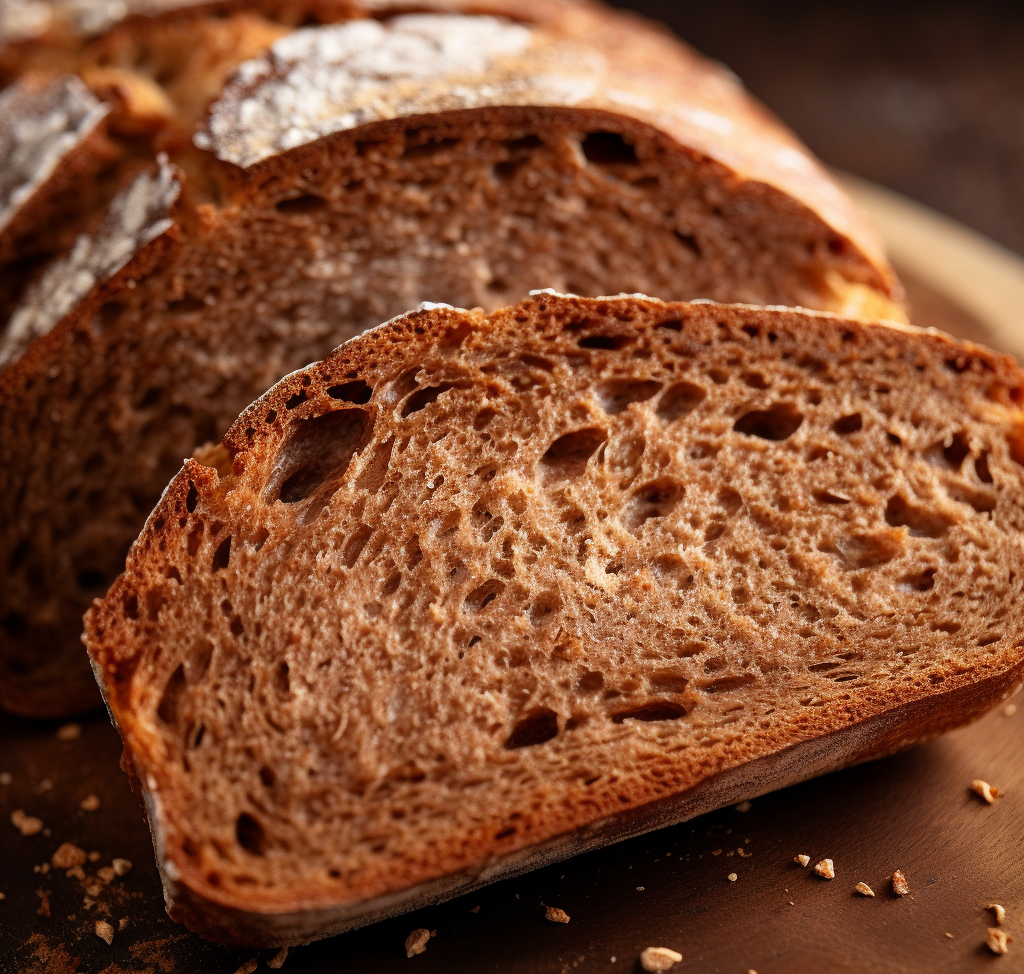
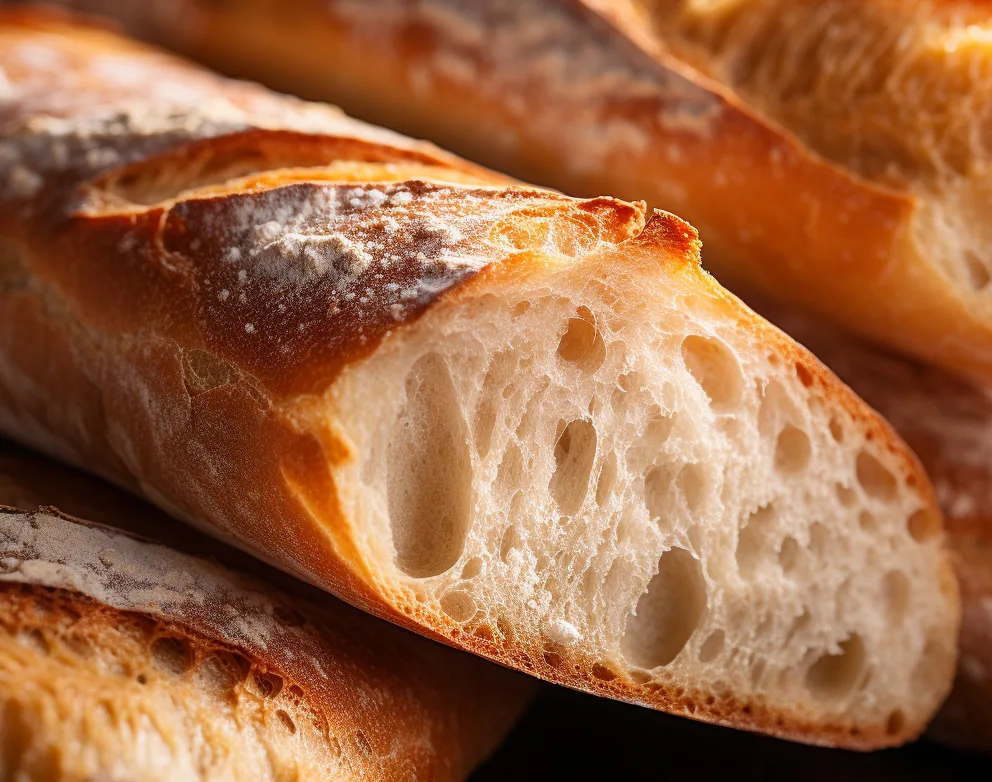
Buy T-Rated Flour
W Ratings
The “W” flour rating is a way to tell how strong or weak flour is for making bread. A high “W” rating means the flour is strong and good for bread, while a low “W” rating means it’s weaker and better for cakes and pastries. So, higher “W” for bread, lower “W” for cakes.
How is the W rating calculated?
The “W” flour rating comes from testing the strength of flour. It’s a measure of how well flour can make bread dough hold together and rise. To get this rating, they use a machine to stretch and pull the dough, and the “W” number tells us how strong the flour is. Higher “W” means strong flour, good for bread, while a lower “W” means weaker flour, better for cakes and pastries.
Where is the W rating used?
The “W” flour rating is commonly used in Europe to classify types of flour.
Does the ‘W’ flour rating denote protein content?
Yes, the “W” flour rating is related to the protein content in flour. A higher “W” rating typically indicates higher protein content, which means the flour is stronger and better for making bread. Lower “W” ratings correspond to lower protein content, which is better for cakes and pastries. So, the “W” rating helps bakers choose the right flour for their specific baking needs based on protein content and strength.
| W Rating | Name | Protein | Usage |
|---|---|---|---|
| 90 – 160 | Weak flour | 9% – 10% | Biscuits, cakes. |
| 160 – 250 | Medium flour | 10% – 12.5% | Pizza, focaccia, baguettes and other bread. |
| above 300 | Strong flour | above 13% | Sourdough bread. |
What’s Flour Fortification?
Fortification is a food process. Vitamins, minerals, or both are added to wheat flour (or other foods) in an effort to enrich the nutritional profile.
The process of fortifying food can be traced back to World War 2. Fortification was used to help fill and improve nutrition in the national diet during times of food shortages. Furthermore, in 1941, the enrichment of calcium in bread was made a requirement. Additionally, iron, niacin, and thiamine were added to the list in 1956. More recently, the Bread and Flour Regulations 1998 govern the nutritional content of flour today.
Source(s): Wikipedia.org
Sourdough Hydration Calculator Buy a Sourdough Starter Sourdough Recipes
